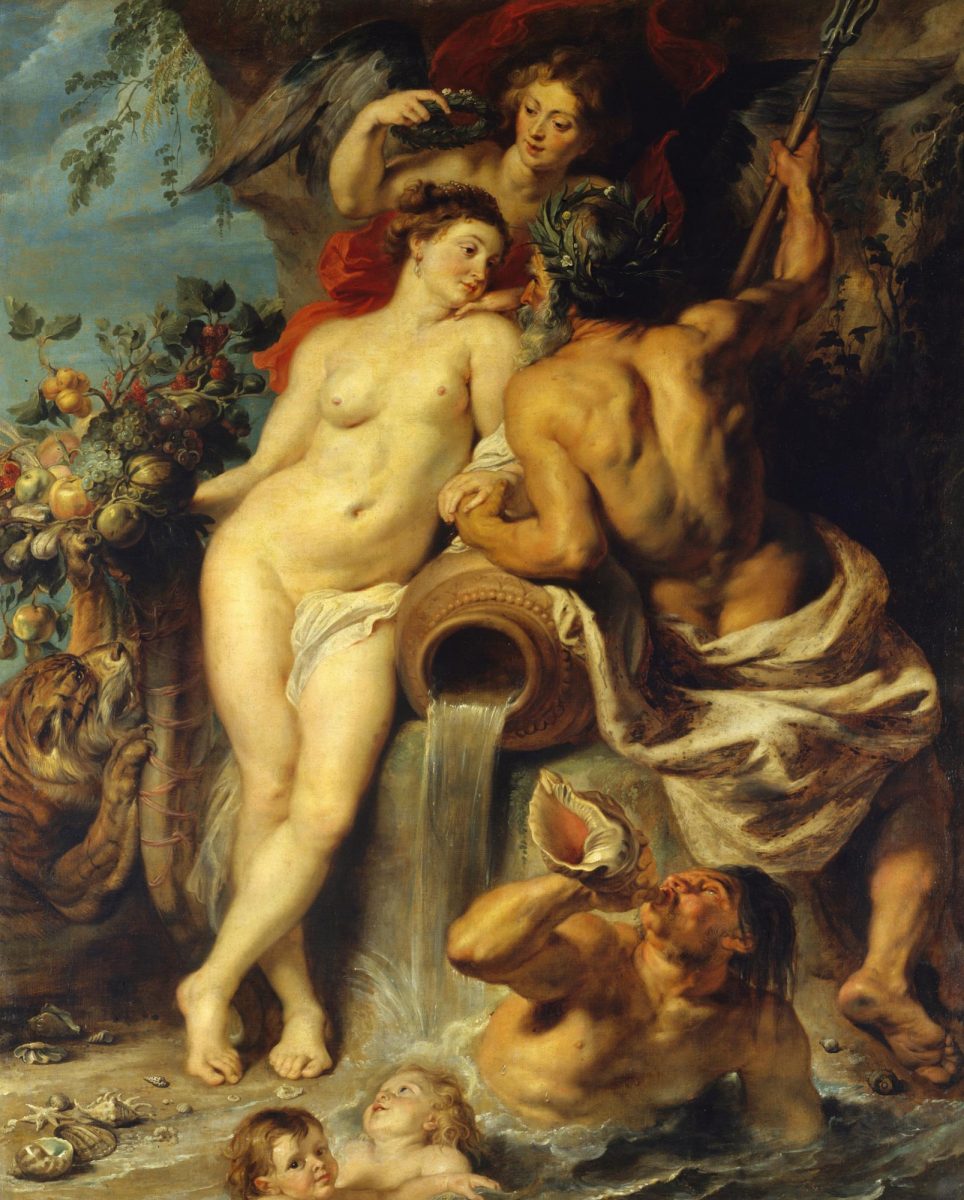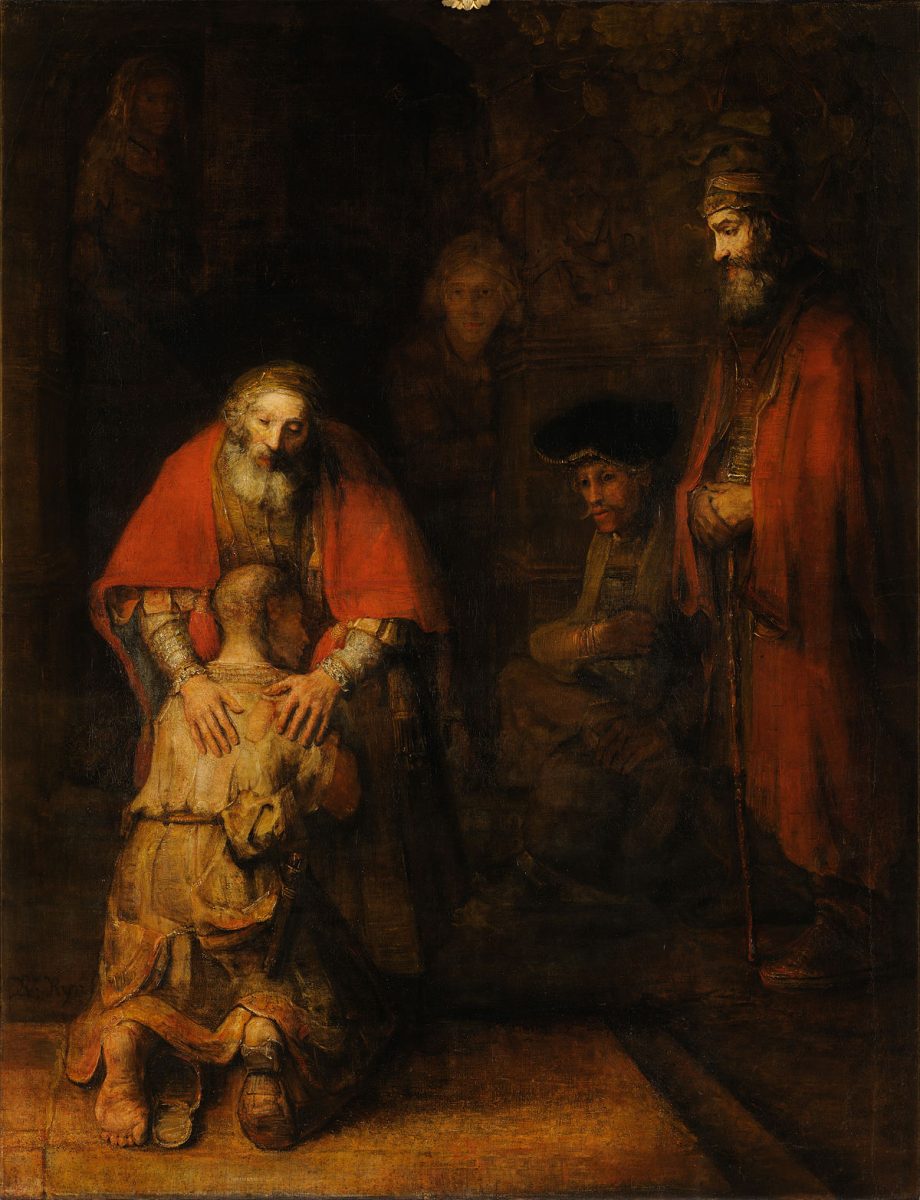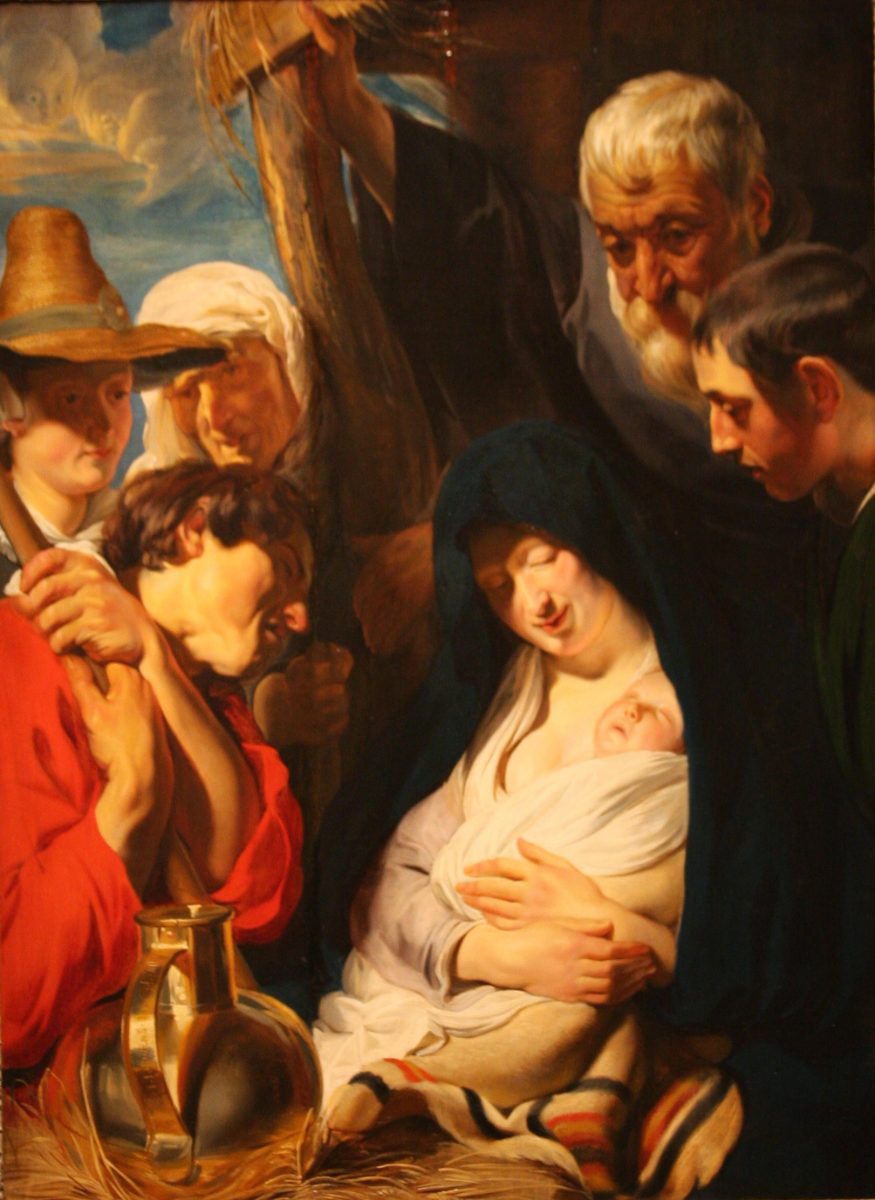Introduction
The baroque art period started in the late 16th century in Europe. The artistic style is often referred to as “the most dominant style of art in Europe between the Mannerist and Rococo eras, a style characterized by dynamic movement, overt motion, and self-confident rhetoric” (Carl & Charles, 2009). The style is more popular and successful when compared to other styles of the period and this could be attributed to the support provided by the Roman Catholic Church. The church, during this time, had advocated that artworks should portray religious life aspects in direct and emotional ways.
Research shows that pieces of art done during the same period may at times have similar characteristics with one another. This paper will discuss three works of art done by the most incredible artists of the Baroque period. This will include “Union of Earth and Water” by Peter Paul Rubens, “The Return of the Prodigal Son” by Rembrandt van Rijn, and last but not least, “The adoration of the shepherds” by Jacob Jordaens. The three artists had different painting techniques; Rubens painted with an impression of absolute drama while Rembrandt painted with a soft feeling and impression. Jordaens’s artworks are known for their prosaic qualities.
Discussion
Peter Paul Rubens was a creative baroque artist in the seventeenth century. His baroque pieces of art demonstrated motion, color, and sensuality. The painting “Union of Earth and Water” represents one of his best pieces of art during the baroque period. The painting, which Rubens completed in 1618, has a religious significance. To symbolize the unification of the two elements, that is, earth and water, Rubens used figures from the conventional myths. In the painting, Neptune, the god of the sea, is seen lying on the trident and this is indicative of water. On the other hand, Cybele, who according to Rubens is the mother of all gods, is seen holding a horn in her hand. This signifies the earth. The union of both the earth and water as seen in the painting is associated with bringing blessings to all mankind.
The sculptural origin of this painting can be linked with the artist’s great esteem for classical art. The source of motivation for Rubens was, in fact, the prominent sculpture of the “Resting Satyr” by Praxiteles. The pyramidal piece of work, resting on symmetrical principles and the brownish color all symbolize the effect of the Renaissance era. The artist, however, filled the conventional theme of the painting with religious significance.

Rembrandt Van Rijn is among the greatest painters of the Baroque period. His monumental artwork “The Return of the Prodigal son” is quite religious. In the painting, Rembrandt interprets the religious notion of compassion with extraordinary solemnity. He does this in a manner that the viewers tend to think that this was a spiritual proof to Christians. His evocation of spiritual moods and human compassion makes the work go beyond other works of the same period.
In the painting, the father and his profligate son are seen standing in luminosity alongside a dark surface. Ragged clothes of the prodigal son are evident in the painting. The bald son appears broke and repellent and this makes the viewer have a feeling that something extraordinary is happening. The father, however, appears rich and is inexpensive garments. The prodigal son rests on his father’s chest and the father appears to bend over him. The painting is quite religious and symbolizes the obscurity associated with human existence, especially how sinners take refuge in God.
The use of significant lighting and coloration in conjunction with a selective simplicity makes the viewers conclude that the work was done during the baroque era. The fact the subject of the prodigal son had become popular in the Northern renaissance drove the artist into making the painting.

Jacob Jordaens is among the famous artists of the Baroque era. His work “The adoration of the Shepherds” portrays Holy Mary preparing to breastfeed her son, Jesus Christ. Virgin Mary as seen in the painting is surrounded by shepherds. The artwork is composed of five figures who, with the exemption of Jesus, are portrayed in half-length and this strains the intimacy associated with the event. The use of significant lighting is evident in this piece of work with the basic source of light being a candle. This makes the viewers conclude that the work was done during the baroque era. Jordan uses realism in the work. This is seen through the fact that “the Virgin and the Child are rendered in rustic simplicity, and are not even slightly idealized” (Sitwell, 2005 p.202). Jordan’s work is differentiated from that of other artists during the period by the use of high-level realism and conventional concepts. His work is quite religious.

Conclusion
The above three works of art fit into the context of the baroque period. This can be seen through the fact that artworks depict the modern way of life. The remarkable use of light, scale, and stability are also defining characteristics of works of the period (Preble & Frank, 2005 p. 302). The three pieces of art are highly decorated and depict religious concepts and themes. The paintings appear bright and the characters have less realistic faces, which portray wonder and fear. This, therefore, means that the three paintings conform to the Baroque period of art.
References
Carl, H., & Charles, V. (2009). Baroque Art. New York: Park stone International.
Preble, D., & Frank, P. (2005). Preble’ Art forms: An Introduction to the Visual Arts. Upper Saddle River: Pearson Publishers.
Sitwell, S. (2005). Baroque Art: A Study of Painting Architecture And Music in Italy And Spain of the 17th And 18th Centuries. Malden: Blackwell Pub